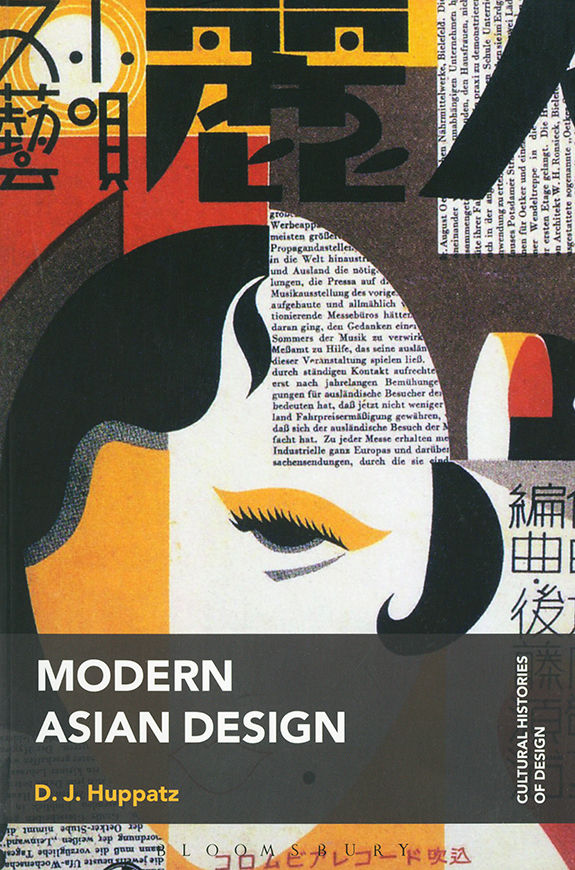Modern Asian Design by Swinburne author Daniel Huppatz

In Summary
- Modern Asian Design offers a new perspective that challenges long-held assumptions about the origin of modern design
- The book maps the Asian design journey from the mid-nineteenth century to now
- The book is published by Bloomsbury Academic
Swinburne School of Design Interior Architecture Associate Professor, Daniel Huppatz, is inspired by Asian design. His travels in Asia and subsequent Chinese language studies support this passion. His study in design research, compelled him to write Modern Asian Design.
Associate Professor Huppatz completed his PhD on Design in Hong Kong. He taught Modern Asian Design at the Pratt Institute in New York and was approached by Bloomsbury Publishing to write Modern Asian Design after a conference in 2015. Associate Professor Huppatz is also editor of Design: Primary and Critical Sources by Bloomsbury.
“There really is no general guide to design in an Asian context, so I wrote one. It offers a new perspective that challenges a lot of long-held assumptions,” says Associate Professor Huppatz.
“It’s often assumed that Europe and the United States are where modern design originated and developed. Look back at 18th century Chinese porcelain and Indian textiles for example,” he says.
“Europe was not at the forefront of design and technology. It learnt from Asian designers and their methods of production and distribution.
“Another common assumption is that European design is ‘modern’ and Asian must be ‘traditional’. In Asian design, people tend to look for traditional items or modern things inspired by tradition.
“If they come across anything modern in Asia - a modern bank building or a sewing machine, it must be an import or a local copy,” he explains.

Modern Asian Design addresses this idea of copying. It starts with European manufacturers copying Chinese porcelain and Indian textiles. It highlights Chinese contemporary Shanzhai designers who mix and match features from electronic products to produce hybrids.
“Shanzai is dismissed as simply pirating. Perhaps copying, adopting and adapting has always been part of design innovation,” explains Associate Professor Huppatz.
In Modern Asian Design, the recent prominence of Asian design is the result of a long process. A process created by a global exchange of ideas, materials and people. The book maps this journey from the mid-nineteenth century to now.
This includes ‘hybrid’ designs where designers or architects are incorporating European aesthetics, technology or methods. They combine these with local aesthetics, materials or techniques.
Modern Asian Design introduces a history of Asian design and covers the importance of contemporary design practice. It features Japan, China and India. Case studies are from Singapore, Sri Lanka, Thailand and Southeast Asian countries. It highlights flows between cultures, by entrepreneurs and corporations operating across borders.
“My book is part of an ongoing project among design historians. We are expanding and globalising the discipline. The idea of expanding design history is not just about geography. Design historians have moved beyond documenting significant objects, designers and styles,” says Associate Professor Huppatz.
“We analyse flows of materials, ideas, people and organisations. And consider not only the production side of designed objects. We look at how they are marketed, consumed, reused or thrown away.”

